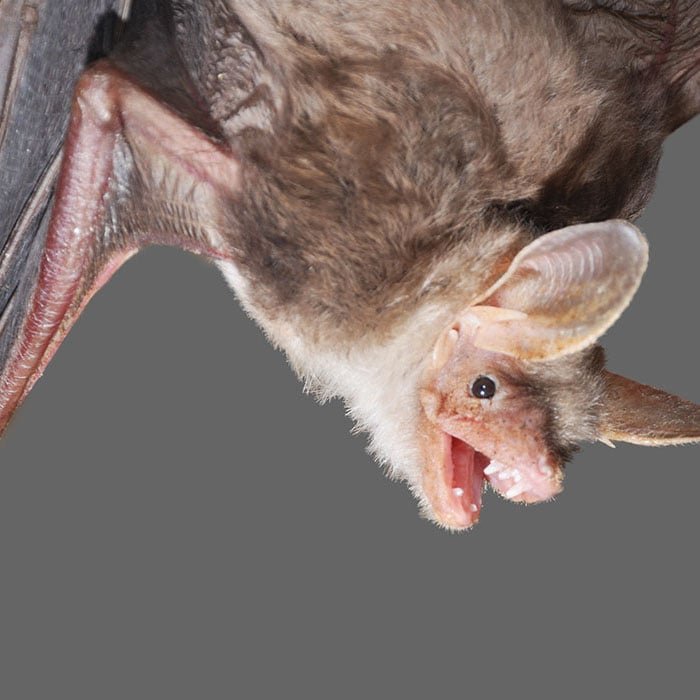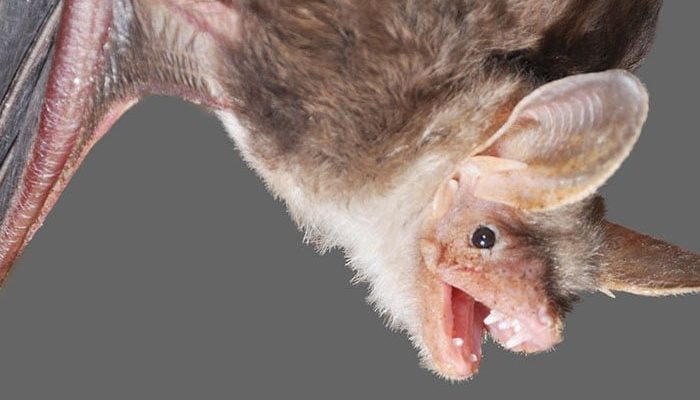
Imagine a bustling metropolis, with creatures of all shapes and sizes playing their part in a massive web of life. But like any city, some neighborhoods are falling apart. Vampire bats, while not the most popular winged mammals, have had their fair share of troubles. So, let’s dive into what’s going on with these nocturnal nibbler and explore the global conservation efforts aimed at protecting them.
Understanding the Vampire Bat
Vampire bats are unique among their bat relatives. Unlike most bats that feast on insects or fruit, these critters dine on blood—specifically, the blood of other mammals and birds. They have special adaptations that allow them to do this. For instance, their saliva contains anticoagulants that prevent the blood from clotting while they feed. This means they can comfortably sip away without their meal turning into a dried-up mess.
These little bloodsuckers are typically found in Central and South America, living primarily in tropical and subtropical rainforests. While they may seem sinister, they actually play an essential role in their ecosystems. By feeding on large mammals, they can help keep animal populations in check. Still, it’s hard to ignore their spooky reputation, which often overshadows their ecological significance.
Current Status: Are Vampire Bats Endangered?
As of now, vampire bats are not classified as endangered, but they are facing some serious challenges. The International Union for Conservation of Nature (IUCN) lists them as “Least Concern.” However, their numbers are believed to be declining due to several factors, such as habitat loss, climate change, and human-wildlife conflict.
Habitat loss is particularly concerning. As forests are cleared for agriculture, urban development, or mining, vampire bats find it harder to locate suitable roosting sites and food sources. You might be wondering how many bats it takes to make a significant impact on the ecosystem. Well, even a small decline in their population can lead to larger food chain disruptions.
Why Habitat Loss Matters
When we discuss the plight of vampire bats, it’s essential to think about their habitats. Forests aren’t just where these bats live; they’re also home to countless other species. Removing these rich ecosystems disrupts not only vampire bats but also the plants and animals that depend on them. This leads to a domino effect that alters local biodiversity.
Moreover, as the climate changes, the conditions within these habitats can shift dramatically. Altered weather patterns can affect the availability of prey for the bats and may even alter their breeding cycles. The result? A direct hit to their survival rates in the long run, making it critical for conservationists to address these issues head-on.
Conservation Efforts and Challenges
While vampire bats aren’t on the endangered list just yet, it doesn’t mean we should sit back and relax. Various conservation efforts are underway to protect their habitats and improve understanding of their ecological roles. Organizations are working to promote sustainable land-use practices and raise awareness about the importance of bats in ecosystems.
One notable effort is habitat restoration. By replanting native vegetation and promoting sustainable farming practices, conservationists aim to provide vampire bats with the shelter and food they need. Additionally, educational projects that teach locals about vampire bats and their benefits can help reduce human-bat conflict. When people understand that these bats can actually help control insect populations, they may be less inclined to view them as pests.
The Role of Research in Conservation
Research plays a pivotal role in conservation efforts for vampire bats. Scientists are learning more about their habits, behavior, and ecological importance. Understanding their social structures and feeding habits can help in developing strategies for their protection.
For example, studies show that vampire bats are quite social and often share food with one another. This behavior not only helps them survive in challenging environments but also highlights the need to maintain healthy populations. Insights from research can guide practices that minimize human-wildlife conflict and encourage coexistence.
What You Can Do to Help
You might be wondering how you, as an individual, can contribute to the conservation of vampire bats. Here are a few simple ways:
- Support conservation organizations: Donate to or volunteer with organizations that focus on bat conservation and habitat restoration.
- Educate yourself and others: Learn about bats, their roles in ecosystems, and share this knowledge with friends and family.
- Reduce your carbon footprint: Contribute to fighting climate change by using less energy, recycling, and supporting sustainable products.
- Advocate for wildlife-friendly policies: Encourage local government to support habitat conservation initiatives.
Every little effort counts!
The Bigger Picture: Ecosystem Health
When we zoom out from vampire bats and think about conservation, we see a larger narrative about ecosystem health. Bats—along with many other animals—are indicators of environmental health. Their existence signifies a balanced ecosystem, while their decline can be a warning sign of larger environmental issues.
It’s essential to remember that conservation isn’t just about saving a single species. It’s about ensuring the integrity of the entire web of life. By protecting vampire bats, we contribute to the overall health of their ecosystems, which in turn supports a diverse range of wildlife.
In summary, while vampire bats aren’t currently endangered, they face numerous challenges that could threaten their populations. By supporting conservation efforts and understanding their role in ecosystems, we can help ensure these fascinating creatures remain a part of our world for generations to come. So the next time you think of a vampire bat, remember, it’s not just a spooky legend—it’s a vital part of the ecosystem that needs our care and respect.

